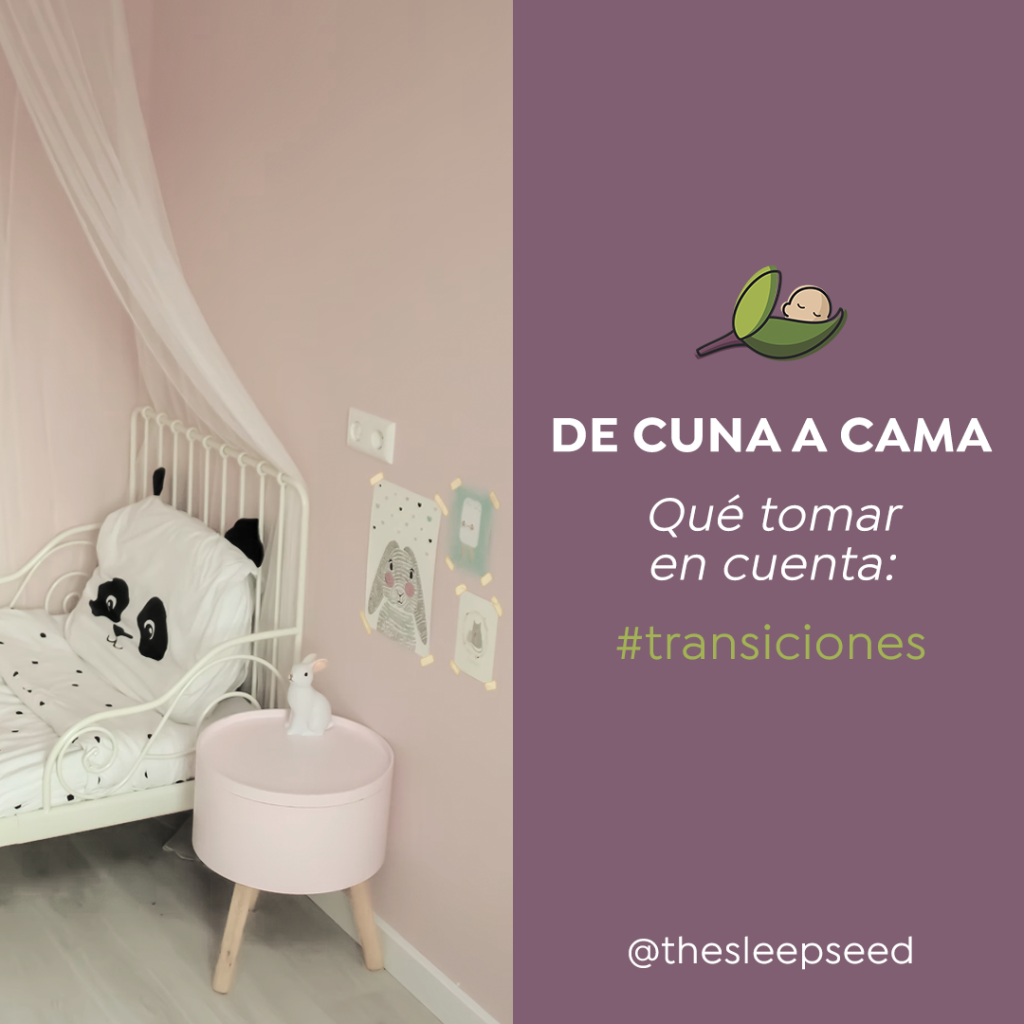
La mayoría de los niños dejan la cuna entre los 3 y los 4 años de edad. Están listos para hacer el cambio cuando:
- Tienen al menos 2 años y medio. Esta es la edad promedio en la que tienen la capacidad cognitiva para comprender las reglas de la “cama grande” y tener cierto autocontrol
- Han dominado la habilidad de conciliar el sueño de forma independiente a la hora de dormir y volver a dormirse cuando se despiertan durante la noche sin ninguna ayuda
- Se bajan de la cuna con frecuencia y facildad
Hay diferentes formas de realizar la transición:
Opción A: El enfoque frío, en otras palabras, simplemente quitando la cuna y reemplazándola con una cama.
- Coloca la nueva cama donde estaba la cuna (si el diseño de la habitación lo permite) o
- Coloca la cama en un rincón de la habitación para que se sienta seguro y contenido
- Instala una barandilla en el lado de la cama que no esté contra la pared
- Coloca algunas almohadas en el piso en caso de que se caiga
Opción B: El enfoque gradual
- Empieza por dejar la barandilla de la cuna hacia abajo, con un banquito a un lado para que pueda salir por sí mismo
- Coloca algunas almohadas adicionales en el piso para mayor seguridad
- Si puedes, coloca la nueva cama y la cuna en la misma habitación, puede ser que comienzen leyendo libros en la cama o que tome la siesta en ella. Elige qué noche dormirá en la cama por primera vez. Una vez que esté durmiendo sus siestas y noches en la cama, puedes quitar la cuna.
Consideraciones (sin importar cómo decidas hacer la transición):
- Considera colocar una medida de seguridad en la puerta del dormitorio, al menos al principio, como un dispositivo de entrenamiento La puerta ayudará con los límites. También evitará que se salgan o deambulen y posiblemente se lastimen en una casa oscura en medio de la noche
- Asegúrate de que la habitación sea segura ahora que puede levantarse de la cama sin supervisión
- Deja que escoja sábanas nuevas o una colcha
- Explicale los privilegios pero también las reglas. Asegúrate de que comprenda que aún lo acostarás y que se espera que se quede en su cama durante la noche
- Se constante desde el primer día. Si se levanta de la cama, llévalo de vuelta sin ningún problema
- Recompénsalo por la mañana por quedarse en la cama dándole calcomanías o algo gratificante y permítele llamar a los abuelos para presumir los logros en la nueva cama
- No adquieras el hábito de acostarte con tu hijo hasta que se duerma todas las noches … ¡puede quedarse atrapado allí durante meses e incluso años!
Si estás a punto de embarcarte en un entrenamiento para dormir o en otros cambios importantes durante la noche, como quitar el biberón o el chupón, considera que será más fácil si lo dejas en la cuna un poco más. Lo mantendrá en un entorno seguro y familiar mientras cambias otros aspectos de su sueño, y puede ser más sencillo, ya que no tendrás que preocuparte de que se levante y se salga de la cama.
Info por the sleep lady
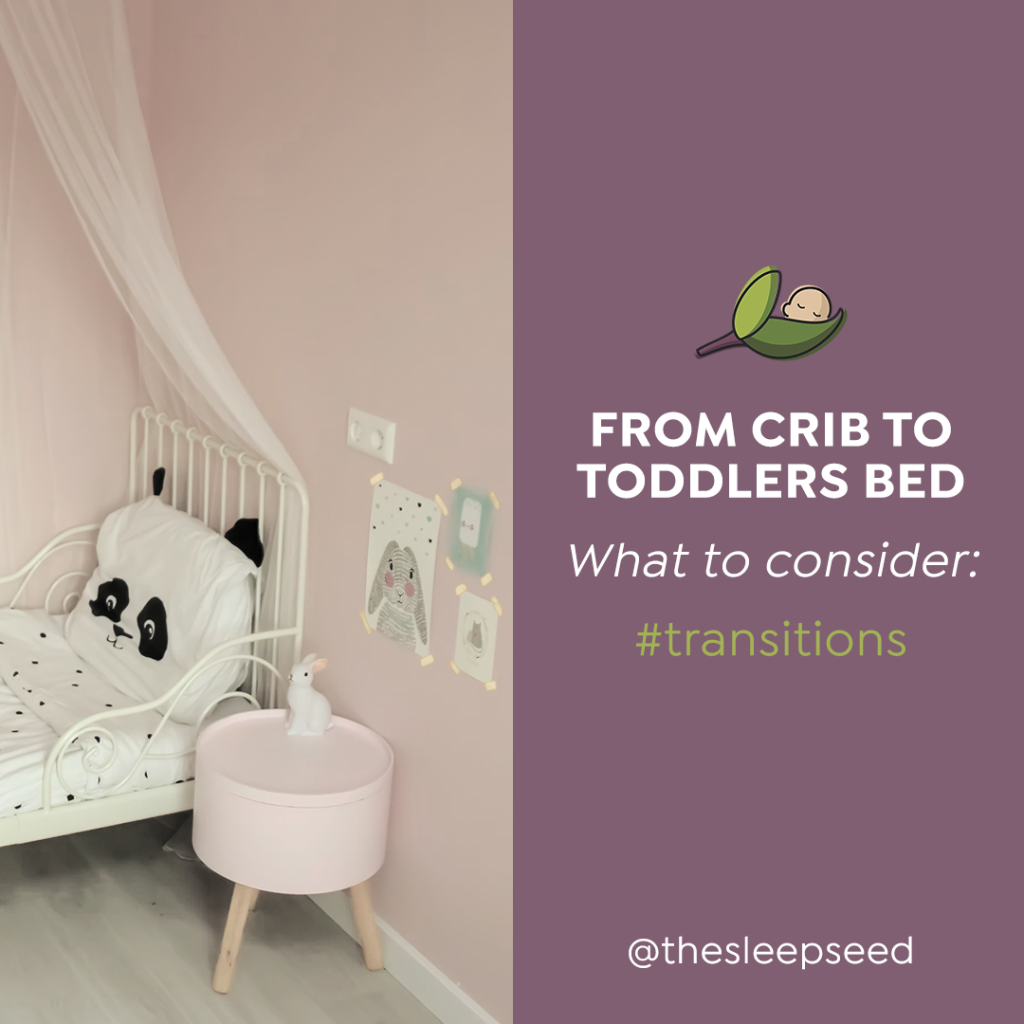
Most children move out of the crib between ages 3 and 4. A child is ready to make the switch when:
- They are at least 2 ½ years old. This is the average age a child has the cognitive ability to understand the “big bed” rules and have some self-control
- They have mastered the skill of putting themselves to sleep at bedtime and getting back to sleep when they wake during the night without any help
- They climb out of their crib easily and frequently.
There are different ways to make the transition:
A. The Cold Turkey Approach—in other words, simply removing the crib and replacing it with a bed:
- Put the new bed where your child’s crib was (if the layout of the room allows for it) or
- Place it in a corner of the room so they still feel safely contained.
- Install a guardrail on the side of the bed that’s not against a wall.
- Arrange a few pillows on the floor in case they tumble out anyway.
B. The Gradual Approach:
- Start by leaving the crib railing down, with a stool at the side so they can get out by themselves.
- Arrange some extra pillows on the floor for safety.
- If you can fit the new bed and the crib in the same room, you can start with reading books on the bed or have them nap in the bed. Then pick the big night where they sleep in the bed at night. Once they are sleeping in the bed for naps and nights, you can remove the crib.
Some other things to keep in mind, no matter how you decide to make the transition:
- Consider putting a gate on the bedroom door, at least at the beginning, as both a training device and a safety measure. The gate delineates boundaries. It will also prevent them from wandering around and possibly getting hurt in a dark house in the middle of the night.
- Make sure the room is safety proof now that they can get out of bed unsupervised.
- Let them pick out new sheets or a quilt (or at least give him a choice between two or three sets that meet your aesthetic requirements!).
- Explain the privileges but also review the rules. Make sure they understand that you will still put them to bed, but then they are expected to stay there.
- Be consistent from day one. If your tot gets out of bed, take them right back without any fuss.
- Reward them in the morning for staying in bed by giving them lots of stickers and let them call grandparents to brag about the new bed.
- Don’t get in the habit of laying down with your child until they are asleep every night… you may find yourself stuck there for months and even years!
If you’re about to embark on sleep coaching or some other major nighttime changes, like taking away a bottle or pacifier, consider whether it would be easier if you kept them in the crib a little longer. It keeps them in a safe and familiar environment while you’re changing other aspects of their sleep, and it may be simpler if you don’t have to worry about them getting up and out of bed.
Info by the sleep lady
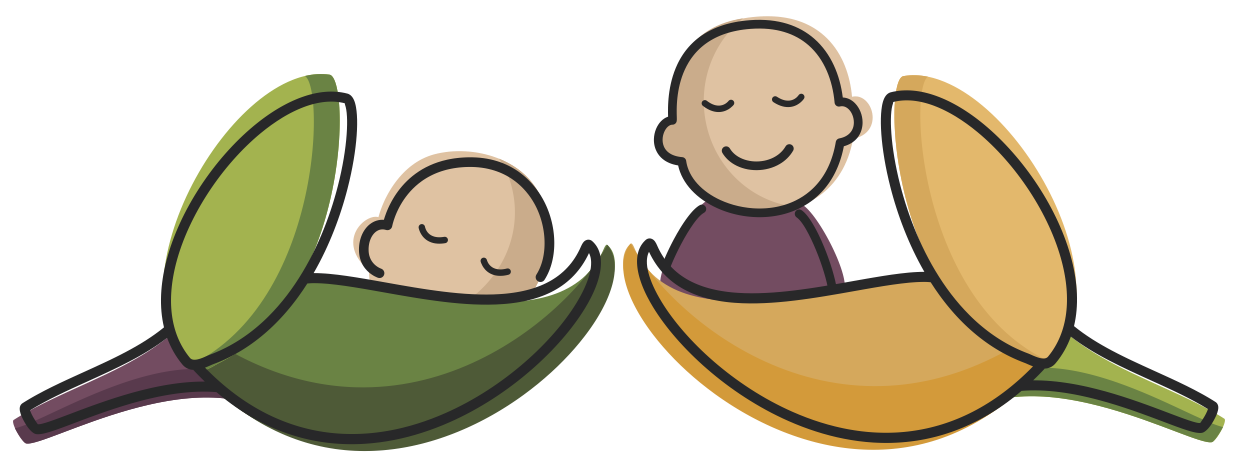

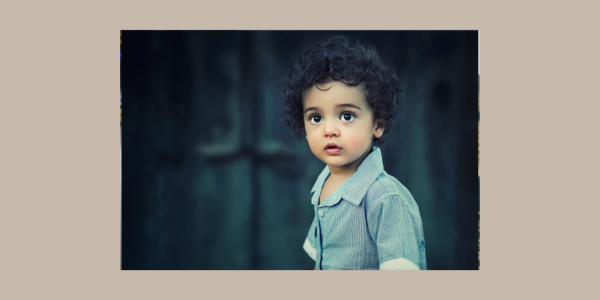

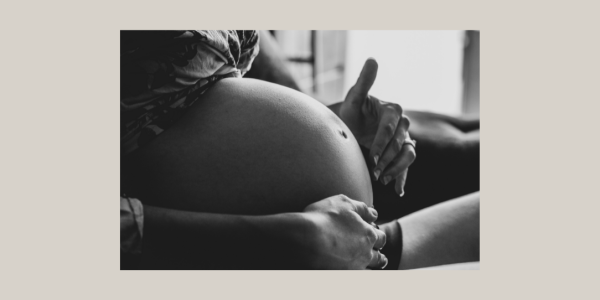
1 comments on “Transición de cuna a cama | Transitioning from a crib to a bed”